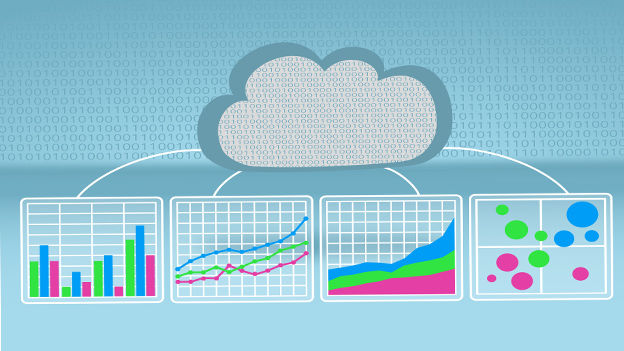Stepping up towards predictive analytics

Big data and analytics is no more the next big thing but it is ‘The Big Thing’ and organizations are still in the initial stages of using technology and analytics
Back in 2001, workforce planning and analytics was considered to be the next big thing in HR and now more than a decade later, only a few organizations have the capability and maturity to leverage analytics in full swing. The reason: Organizations, which still lack the ability to measure past data, cannot be equipped to look into predictive analysis.
In India, organizations have begun to look at analytics but are doing it in silos, restricting its use majorly to recruitment and a few other functions. There is a strong need for a formal and integrated industry perspective on the same. However, it takes a step-by-step approach to reaching the stage where predictive analytics can be utilized for deriving reliable and actionable conclusions and effective strategic decision making.
Reaching the predictive analytics stage
Evolution of technology in any market follows a capability maturity model involving the four stages – Automation, Integration, Platform-based approach and then Big Data & Analytics. The first step is to bring in the right technology to automate processes. Once automation has been achieved, the second stage is integration of processes like learning, performance, rewards and compensation, which are all interrelated. This brings about the most basic form of reporting – reactive or operational reporting. A majority of Indian organizations are still in this stage. The next step is a platform-based approach where the real source of truth – data exists at a platform where analytics can happen. It enables all the talent processes to be interwoven, connected and available as a single UI to the employees engaging them through their entire employee life cycle. The final stage is big data and analytics, which can ideally be achieved post the first three stages.
There is no doubt that organizations have tremendous potential to leverage employee data for improving organizational performance. However, it takes the right kind of approach and a few fundamental steps to build capabilities for predictive analysis. The four levels of analysis are:
- Reactive reporting
- Proactive advanced reporting
- Strategic analytics or a cause and action analytics
- Predictive analytics
Apart from these levels, the three significant developments over the past few years that now enable workforce planning and predictive analytics are:
The rise of SaaS as the primary delivery model: Multi-tenant SaaS solutions allow for data to be easily managed, structured and shared with open APIs.
Consumization of the enterprise: New user experiences and the pervasiveness of mobile devices make it easier to generate useful data and visualize that data in new ways.
The emergence of big data: Big data is now changing the game. New technologies such as Hadoop and the rapid development of new tools like Hive, Spark, and hBase combined with machine learning, have now become tremendously powerful in consuming and managing vast amount of data efficiently and cost-effectively.
Upskilling HR for analytics
It has been observed that organizations that have deployed predictive analytics have a higher stock price compared to those that haven’t. Even the talent and leadership pipeline of such organizations is two to three times larger. However, surprisingly analytics is not applied as much in HR as it is in marketing or finance verticals. This calls for the Human Resources to bring about a change in their outlook, developing an appreciation and understanding of the importance and benefits of unified technology and predictive analytics. An appreciation of the basic skills in terms of an understanding of business, statistics and validating data is essential for HR to be able to look at predictive analytics as an effective tool for people management.
When it comes to choosing a service partner for analytics, organizations need to ensure if the partner has the requisite skillsets, well-experienced data scientists, an understanding of the business and the ability to scale up and weave in various business functions within the company. On a closing note, big data and analytics is no more the next big thing but it is ‘The Big Thing’ and organizations that are still in the initial stages of using technology and analytics need to take a quicker leap now to remain sustainable for the coming times.












